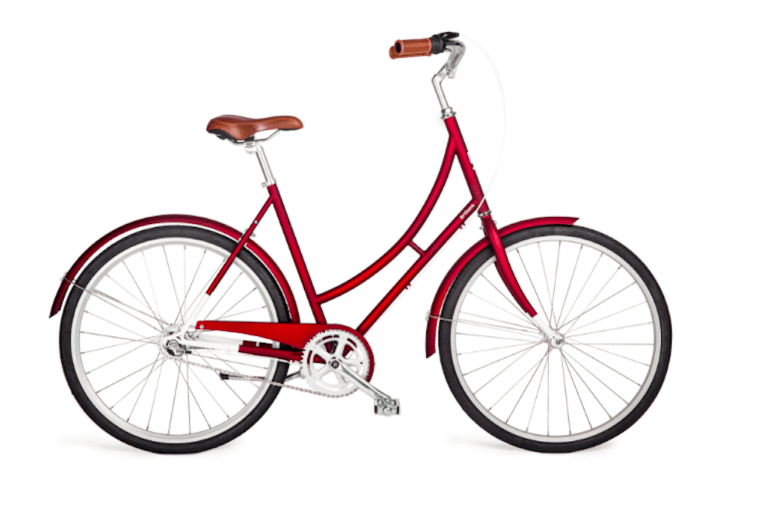DTC Bikes In A Box, For The IKEA-Level DIYer

Buying a bicycle shouldn’t be an overly challenging task for a consumer, but often shapes up to be one, particularly if one doesn’t happen to be a cycling enthusiast. The products range in price and quality quite widely — and specialized features abound. Throw in the fact that bicycles are purpose-built for different uses — road racing, mountain trekking, fitness, commuting — and the average consumer can find themselves awash in granular details and product comparisons that seem to have been written in ancient Greek.
It is an experience, according to Brilliant Bicycle Co. Co-Founder Adam Kalamchi, that seems more or less built to drain any semblance of fun out of the activity of owning and using a bike.
“A bike is a simple product. There are people who are hobbyists and enthusiasts who really want to talk about specs, but there should also be an easy option for a normal person who just wants to ride to the park and has a budget in mind,” Kalamchi told TechCrunch.
But that, he and his partner Kane Hsieh found, was almost nowhere to be found in the industry as it existed before they launched their own startup in 2015. Instead, Kalamchi noted, consumers would wander into bike shops, make their best guess as to what they needed and then hope to fit a product that met their needs into whatever budget they set out when they entered. A challenge, Kalamchi said, because so much of what a consumer is paying for when they enter a bike shop has nothing at all to do with the quality or the value of the bike they are purchasing. They might hear a lot about the state-of-the-art derailleur on the bike they are considering — but a big part of what they are actually paying for is the cost of transporting, storing and selling the bike in a specialized bike shop.
Moreover, the culture of those bike shops doesn’t exactly make everyone feel welcome when the walk in the door — they can tend toward being a little “dudely” according to Kalamachi, and more than a little intimidating.
So in launching Brilliant Bicycle, the partners decided to cut the complexity out of the process in as many ways they could — and help connect consumers to quality bicycles for a reasonable price without a lot of hassle. To take the overhead costs out, they adopted a direct-to-consumer (DTC) model that allows a consumer to order online — and have their new bike at their front door within a week (within 24 hours, if the customer lives in the greater New York City area).
The bike comes partially assembled, and the firm’s founders say the rest of the construction process takes about an hour in home and doesn’t require any sort of expertise. The idea is an IKEA level of easy home construction but “more idiot-proofed.” Every bike comes with all the tools necessary to build it out, a full set of instructions and a full set of YouTube construction videos easily accessible.
To make sure customers order the right bike, the site features an interactive wizard that asks questions about their preferred riding style, height and more. From there the site matches customers with one of the three bike models it offers, lets them choose further customizations such as color and accessories and lets them complete an offer.
The site even lets consumers “gift” their bicycles with something called the Brilliant Bike Box, that sends the intended gift recipient a tape measure, handlebar leather sample and bike paint samples so that the person receiving the gift can choose exactly what they want, and the person giving it doesn’t have to suffer through making choices on someone else’s behalf that they aren’t sure about.
The idea for the box, Kalamchi said, grew internally from customers who had bought their own Brilliant Bike and wanted to share the experience.
“We would get phone calls regularly from people asking for advice. They wanted to know how to find the right bike, and also how to get one for someone else; how to remove the uncertainty and guesswork but still maintaining the personalization,” he told Glamour.
Because at the end of the day, he said, the goal for Brilliant Bicycle is simple — to offer customers a quality bike that will get them out there and riding, for a few hundred dollars instead of a few thousand. And the best way to do that, he said, is to make it easy for them to get exactly they bike they want, with the features they actually need without having to first dedicate themselves fully to the cycling life.
“Speed and spandex overshadowed fun and prices skyrocketed,” he observed. “But bicycles shouldn’t be expensive or intimidating, so we set out to bring the magic and lightheartedness of your childhood back to bicycling.”

